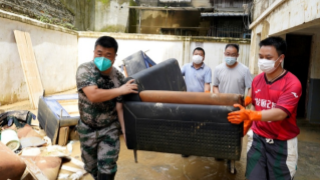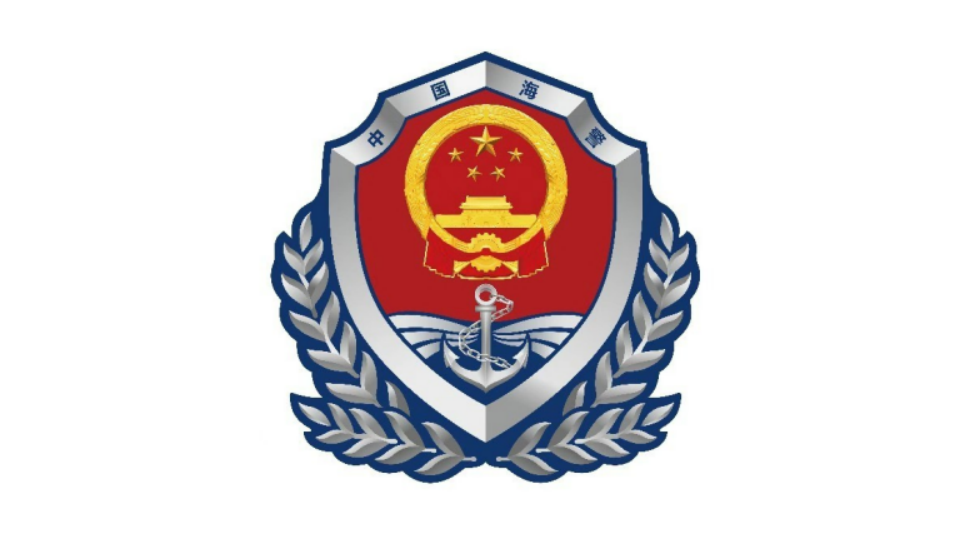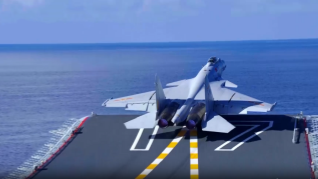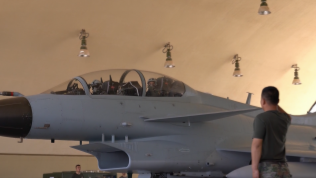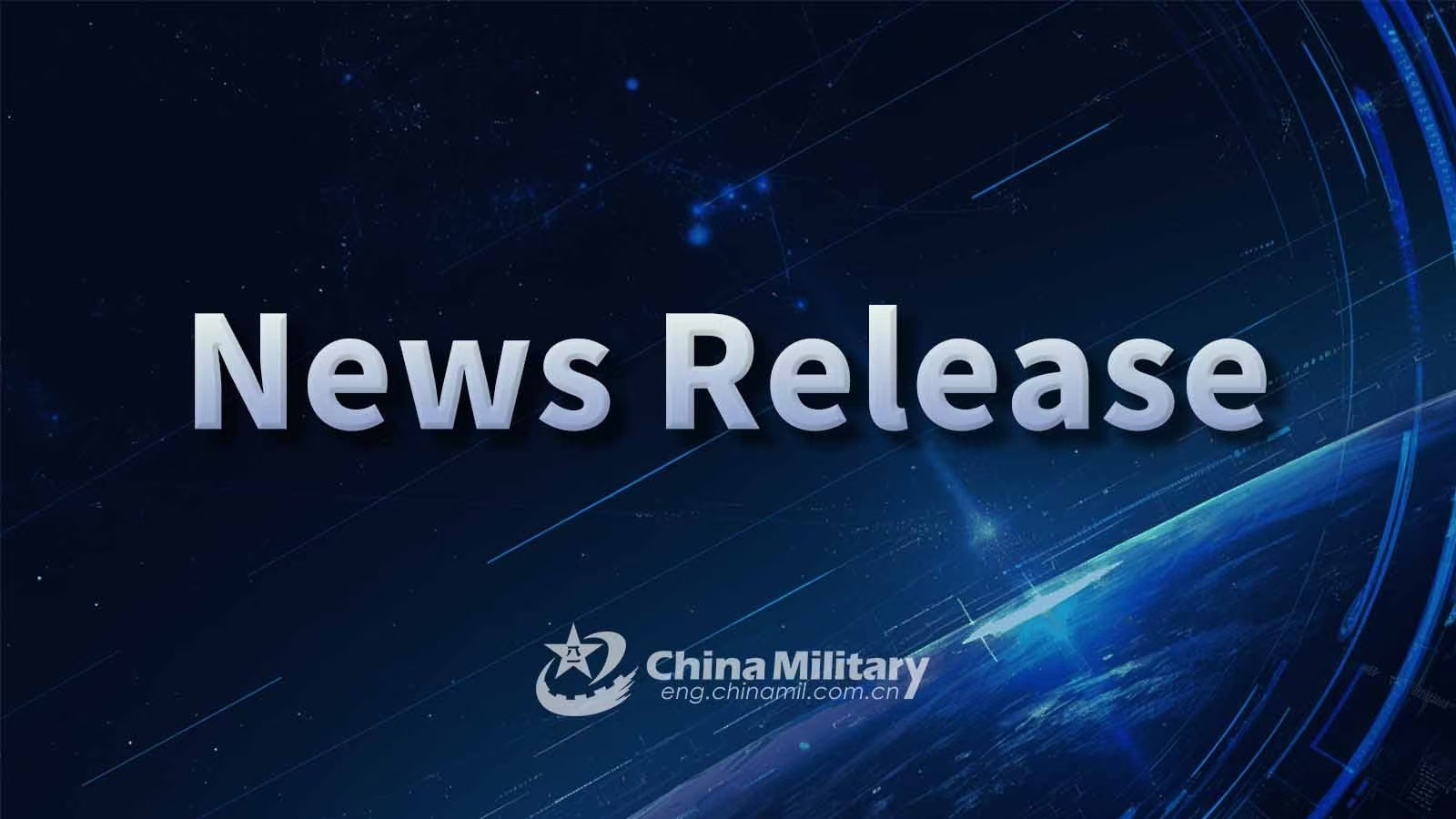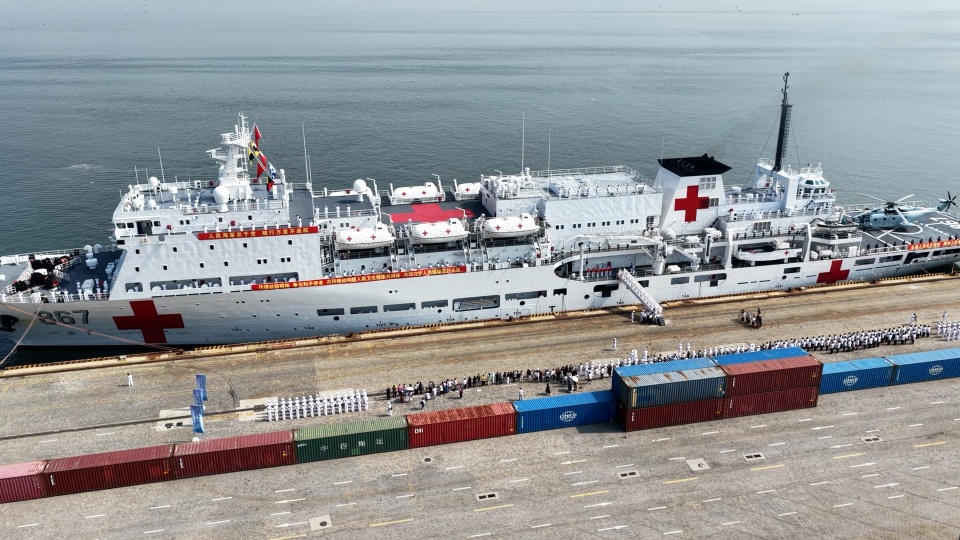By Chen Xiangmiao
Philippine President Ferdinand Marcos Jr. recently paid a three-day official visit to the US, aiming to secure stronger US support by deepening military cooperation. During the visit, he played up the so-called "China threat." Meanwhile, both the US Secretary of Defense and Secretary of State reaffirmed Washington's commitment under the US-Philippines Mutual Defense Treaty. However, US President Donald Trump said during the meeting with Marcos that he does not mind if the Philippines gets along with China. This unexpected remark cast a chill over Manila's strategic calculations. The episode highlights the awkward position of the Philippines in the US "Indo-Pacific Strategy."
Perhaps out of anxiety over being reduced to a mere pawn, the Philippines has sought to pull in the US and its allies over the South China Sea issue, hoping to elevate its strategic standing. Previously, Philippine Defense Secretary Gilberto Teodoro stated that the US, Japan, Australia, and the Philippines were planning to implement a new concept of "one-theater." On May 31 this year, during a meeting in Singapore, the defense ministers of the US, Japan, Australia, and the Philippines clarified the division of responsibilities among the three countries, namely the US, Australia, and Japan, for enhancing the Philippines' military capabilities. The plans include strengthening cybersecurity, enhancing intelligence sharing and improving operational coordination and interoperability through bilateral agreements. At the operational level, the four countries have also established concrete military cooperation mechanisms, such as multilateral maritime cooperation activities and joint military exercises in the South China Sea.
From the Quad to the Squad, the US "Indo-Pacific Strategy" has contracted geographically, appearing to return to the old strategy of island chains. Compared with the Quad, the Squad mechanism is more focused, with greater specificity and antagonism, and in essence represents a strategic upgrade. It is worth noting that the so-called "one-theater" concept involves concrete and targeted areas of cooperation such as coordinated operations, intelligence sharing, and maritime domain awareness. Although Gilberto Teodoro claimed that the four-country cooperation is not based on a formal agreement, once the "one-theater" concept is implemented, cooperation among the US, Japan, the Philippines, and Australia would be just one step away from a traditional treaty-based military alliance.
However, such a move bodes ill not only for the Asia-Pacific but for the international community as a whole. If, as Gilberto Teodoro revealed, the four countries do set up a coordination center this December to promote the implementation of the "one-theater" concept, the Asia-Pacific region may be on the verge of becoming the epicenter of a new Cold War. There are three main reasons.
First, the concept of an "one-theater" is directed at China. Unlike the Quad, which deliberately adopts a posture of strategic ambiguity, cooperation among the US, Japan, the Philippines, and Australia focuses explicitly on military and defense matters, making no secret of its target. The so-called "one-theater" concept treats sensitive waters such as the East China Sea and the South China Sea as distinct operational zones. It clearly identifies China as the object of hostile competition and narrows the scope of the US "Indo-Pacific Strategy" to the waters surrounding China, so it is intended to steer the strategic resources of the US and its allies and partners toward countering China.
Second, the envisioned goal of the "one-theatre" concept is to enhance military deterrence and battlefield planning. The US, Japan, the Philippines, and Australia are focusing on building an alliance centered on military and security cooperation, aiming to block China from breaking through the island chain encirclement. Tailored to treat China as a hypothetical adversary, they are crafting both peacetime and wartime operational scenarios and response plans. In peacetime, the four countries seek to gain the initiative in the maritime and air domains through situational awareness and intelligence sharing. In wartime, they envisage potential modes of coordinated combat operations, including preparations for early-stage battlefield deployment, at a minimum, covering specific areas such as anti-submarine warfare.
Third, the primary focus of the "one-theatre" is the South China Sea. Although it claims to cover both the East China Sea and the South China Sea, cooperation among the US, Japan, the Philippines, and Australia over the past three years has largely centered on the South China Sea, particularly in sensitive areas. At present, the main purpose of the "one-theater" concept remains to jointly counterbalance China's growing strength in the region and to contain the operations of China's navy and coast guard.
However, despite the appearance of close alignment, with strong advocacy from the Philippines and backing from certain politicians in the US and Japan, the reality is far more fragmented. Japan hopes to see the "one-theatre" extend to the Korean Peninsula, yet the Philippines appears reluctant to be drawn into that context. Meanwhile, under Washington's "America First" policy, pressuring Japan and Australia to raise defense spending to 3.5% of GDP, the prospects of such quadrilateral military and security cooperation, including the "one-theatre" plan, remain uncertain.
(The author is the director of the World Navy Research Center at the National Institute for South China Sea Studies and a part-time research fellow at Huayang Center for Maritime Cooperation and Ocean Governance.)
Editor's Note: Originally published on huanqiu.com, this article is translated from Chinese into English and edited by the China Military Online. The information and opinions in this article do not necessarily reflect the views of eng.chinamil.com.cn.





